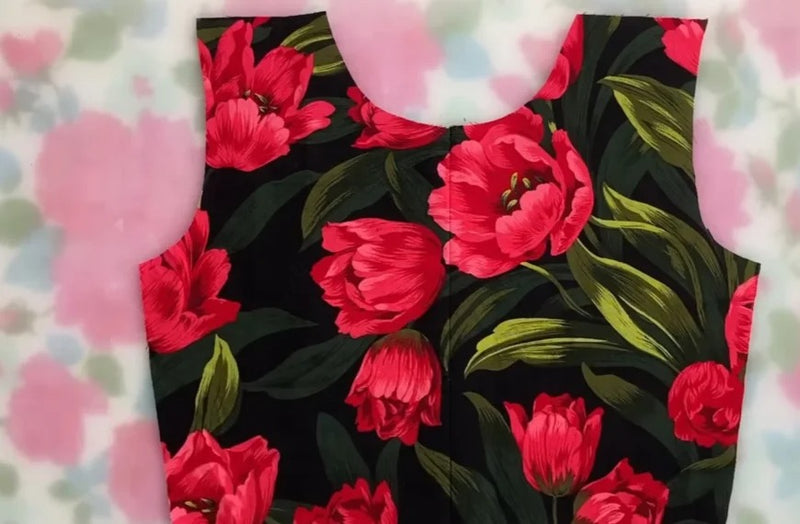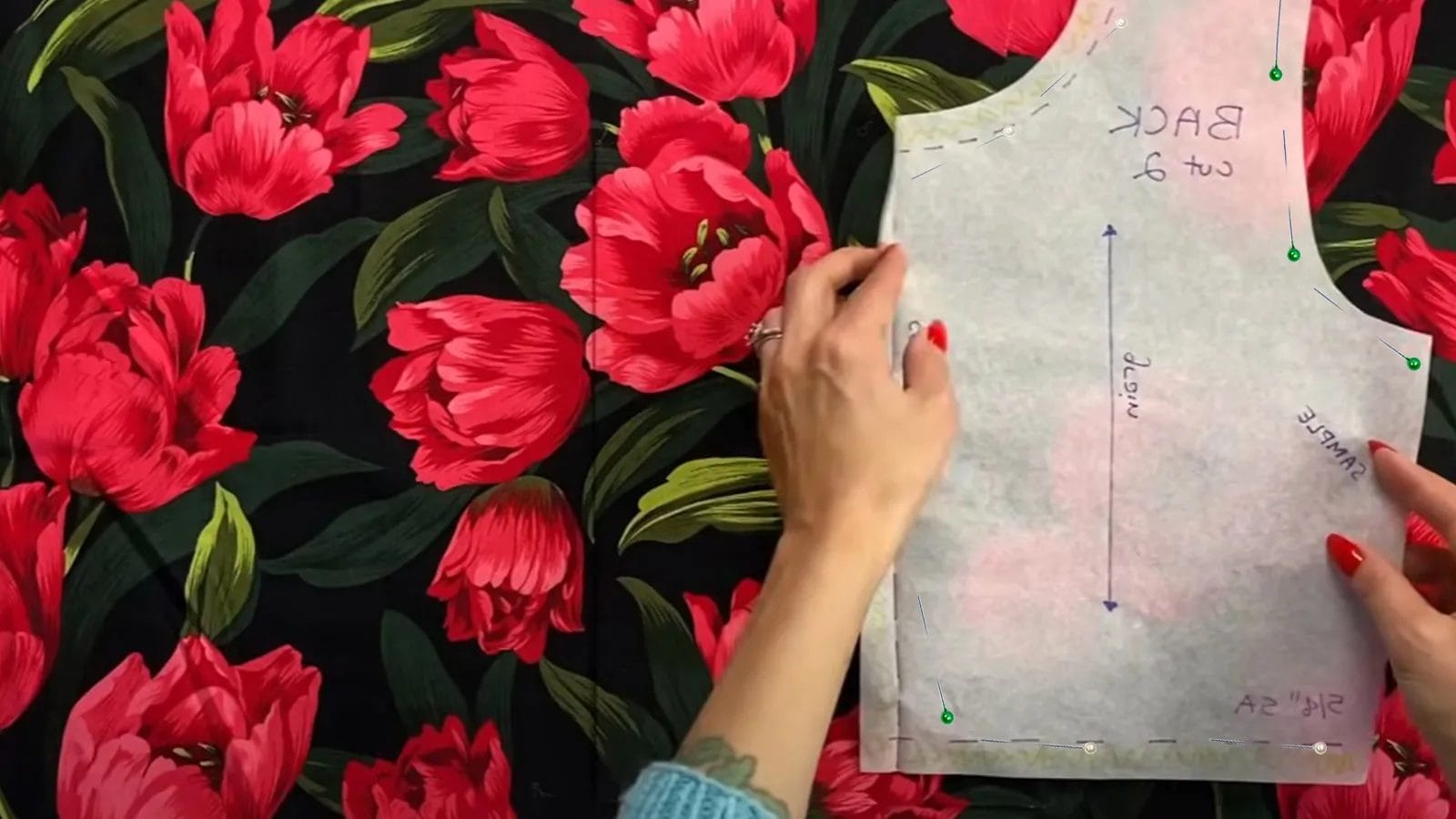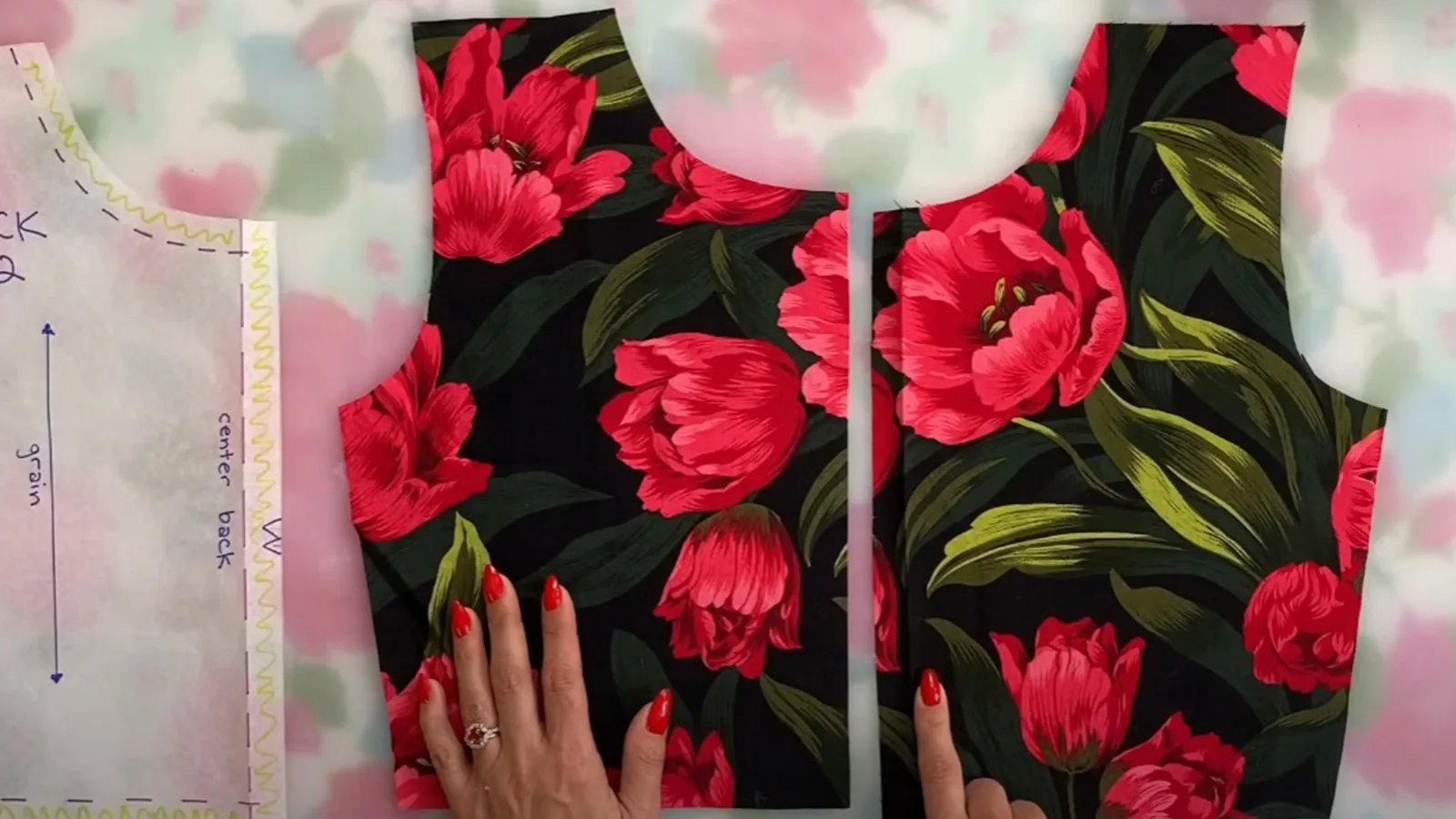
Pattern-matching fabric is a crucial skill in sewing and upholstery projects. When working with patterned fabrics, ensuring that the patterns align seamlessly can elevate the overall look of the finished piece.
In this article, we'll explore a step-by-step tutorial for effectively pattern-matching fabric. Mastering this skill can enhance the visual appeal of your creations and showcase your attention to detail in every project. Let's delve into the world of pattern-matching fabric and discover how to achieve professional-looking results.
Key Takeaways
- Knowing fabric grain and pattern repeat is essential for seamless pattern matching.
- Smooth out fabric on a flat surface to remove wrinkles for accurate matching.
- Cut the pattern accurately, mark seam allowance, and fold for clear lines.
- Cut fabric pieces, match patterns meticulously, and sew precisely for a professional finish.
Understanding Fabric Grain and Pattern Repeat
To master pattern matching fabric, you first need to understand the fabric grain and the pattern repeat. The grainline refers to the lengthwise and crosswise threads in the fabric, known as the warp and weft. Aligning your pattern with the grainline ensures that your fabric drapes correctly and maintains its structure.
The pattern repeat is the distance between identical points in a design that repeats across the fabric. By recognizing the pattern repeat, you can align and match the design elements seamlessly. This precision is crucial for creating cohesive and professional-looking garments.
Accurately aligning both the grainline and the pattern repeat will improve the final appearance of your sewing projects, making them look expertly crafted.
Gather the Materials and Tools
When you're matching fabric patterns, having the right tools can make all the difference in achieving a seamless design.
- Fabric: Choose a fabric with a noticeable pattern that needs to be matched.
- Pattern: The pattern piece or pieces that you'll cut out of the fabric.
- Pins: Use sharp pins to secure the fabric layers together.
- Scissors: Fabric scissors are necessary for cutting the fabric.
- Chalk or Fabric Marker: A chalk or fabric marker will mark the seam allowance.
- Ruler or Measuring Tape: A ruler or measuring tape helps ensure the pattern is aligned correctly on the fabric.
- Iron and Ironing Board: Iron the fabric before cutting and sewing to ensure accuracy in matching patterns.
- Sewing Machine: A sewing machine will be needed to assemble the fabric pieces.
Step 1: Prepare and Layout Your Fabric
Having gathered all the tools, start by smoothing your fabric on a flat, stable surface to remove wrinkles or folds. This step is crucial for accurate pattern matching.
Lay out the fabric carefully, ensuring it stays flat and stable. Use a cutting mat or table to keep the fabric from shifting.
Step 2: Get Your Pattern and Mark the Seam Allowance
Cut your pattern piece accurately. Then, mark the seam allowance using a fabric pen or chalk for precise and accurate lines. Fold and press along the seam allowance with care. Make sure the crease is visible and clear. Next, you can unfold and lay it flat.
Step 3: Cut out the First Fabric Piece
Place your pattern piece right side up on the fabric and consider the fabric print. Look for areas where the print has sizable sections. Make sure the pattern is laid out fully and flat. Then, you can cut out the first fabric piece.
Step 4: Mark and Fold the Seam Allowance on the First Piece
According to your pattern, mark the seam allowance on your first fabric piece with a fabric pen or chalk. This line will serve as a visual guide for your next steps.
Next, fold the fabric along the marked seam allowance line. Press along this line for a clear crease.
Step 5: Place the Two Pieces Back and Start Matching Patterns
Now, place your first piece on the remaining fabric to ensure the design aligns perfectly. Move the fabric piece until it matches the design. Make sure the seam allowance on the fabric piece is folded back.
Once you've matched the design, place some pattern weights on the fabric piece to prevent it from shifting.
Next, flip over your pattern piece with the seam allowance folded back. Place the mirrored pattern and the fabric piece together, side by side. Use pins to secure the pattern.
Step 6: Cut Out the Second Fabric Piece
Now, you can cut out the second fabric piece. Remember to unfold the seam allowance and press it flat before cutting. Use sharp scissors or a rotary cutter to cut out the piece carefully.
After cutting, fold and press the seam allowance of this piece. Thus, your two fabric pieces are both ready for the final step!
Step 7: Pair Two Fabric Pieces and Sew the Seam
Align the seam allowances of your fabric pieces, ensuring the patterns match perfectly before pinning them together. This step is crucial for successful pattern matching.
Once pinned, use a sewing machine with matching thread to sew the seam. Start by backstitching at the beginning to reinforce the seam's strength. Maintain the alignment of the fabric pieces as you sew, checking periodically to ensure the patterns continue to match. Finish the seam with another backstitch to secure it.
After sewing, press the seam open with an iron. This helps the seam lay flat and gives your project a polished, professional appearance.
Tips and Tricks for How to Pattern Match Fabric
Now, let's talk about some handy tips and tricks for pattern matching.
Match Stripes and Plaids
Mastering the art of matching stripes and plaids can enhance the look and professionalism of your garments.
Start by assessing the scale and direction of your stripes or plaids. Align key points, such as the repeat and the design's scale, to ensure consistent pattern match.
For stripes, pay attention to whether they're even or uneven, as this affects how you align your pieces. With plaids, make sure both horizontal and vertical lines match up.
Pin your fabric pieces carefully, and use plenty of pins to keep everything in place while sewing. By focusing on these details, you'll achieve a seamless, polished finish that stands out.
Deal with Directional Prints
Dealing with directional prints requires careful planning to ensure your garment looks cohesive and professional. Start by checking the direction of the print on your fabric before cutting. Use the selvage edge as a guide to maintain consistency.
Mark each fabric pattern piece with arrows indicating the print direction. This helps immensely when pattern-matching, especially for tricky areas like matching the front and achieving a seamless pattern match below the bust.
Adjust your pattern layout based on the print's direction to enhance the garment's look. By focusing on these details, you'll ensure your directional prints align perfectly.
Adjust for Different Fabric Types
When working with different fabric types, you'll need to adjust your pattern-matching techniques to account for their unique properties.
For stretchy knit fabrics like jerseys, always fold your fabric to prevent distortion.
Sheer fabrics like chiffon may need a lining to avoid see-through issues, ensuring your pattern stays intact.
Thick fabrics like denim or canvas demand special attention to avoid bulk, so trim seams where necessary.
By tailoring your approach to the specific fabric, you'll achieve a polished and professional finish every time.
Final Words: How to Pattern Match Fabric
Follow these steps to achieve beautifully matched fabric patterns. Always align your fabric carefully, mark seam allowances, and pay attention to pattern direction.
With patience and practice, you'll master the art of pattern matching. Don't forget to use the right tools and tailor your techniques to the fabric type.
Your attention to detail will make all the difference in creating a professional-looking finished product. Happy sewing!
Learn more sewing tips from the Longan Craft Blog, and dive into the fabric world with Longancraft!
FAQs
How to Pattern Match Fabric for Beginners?
To pattern match fabric as a beginner, align the design by centering and folding it. Pin your pattern pieces carefully, mark alignment points, and stitch with precision. Practice regularly, and you'll get better quickly.
How Much Extra Fabric Can Match a Pattern?
You'll want to buy 25-50% extra fabric beyond the pattern's yardage. Larger prints, plaids, and stripes might need more. Beginners should stick with simpler designs requiring less fabric for seamless pattern matching.
How to Align a Pattern on Fabric?
To align a pattern on the fabric, fold it to center the design, lay out your pattern pieces, and mark for alignment. Pin securely and ensure the design matches before stitching. This provides a polished, professional look.
How Can I Match a Fabric?
To match a fabric, start by aligning the pattern design along the seams. Fold and pin the fabric carefully, then mark alignment points. When you sew, ensure the designs match perfectly to achieve a seamless look.







0 comments